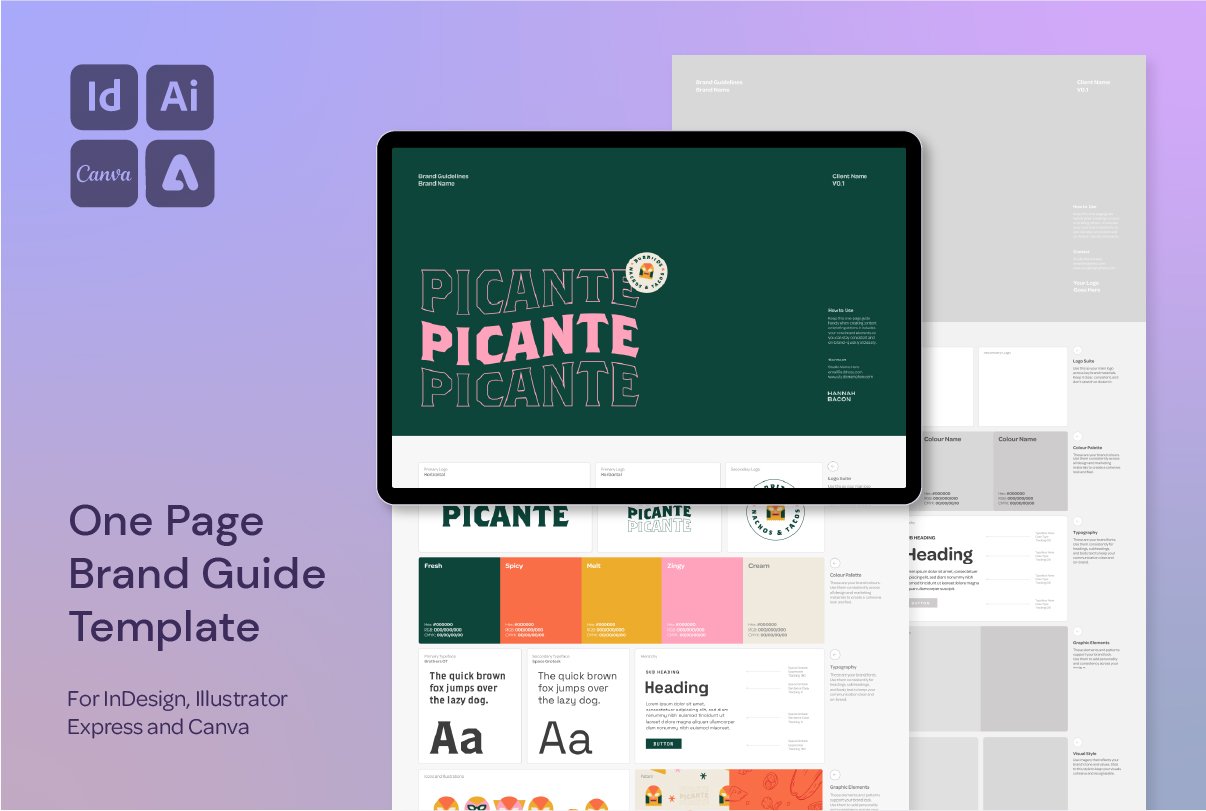How I Made a Screen-Printed Pennant with Illustrator and a Cricut
DIY Screen-Printed Pennant Using Adobe Illustrator and a Cricut Explore Air 2
Combining digital design with hands-on making is one of my favourite creative mashups—and this screen-printed pendant project brings both together in a really fun (and surprisingly achievable) way. Using just Adobe Illustrator, a Cricut Explore Air 2, some simple materials, and a little patience, I created a custom, wearable design that feels like a tiny piece of art.
This project is perfect for designers and creatives who love the idea of translating their digital work into something tangible. Whether you’re testing out merch ideas, experimenting with DIY printmaking, or just looking for a satisfying creative process, this technique gives you clean, repeatable results—and a product that feels completely custom.
A Project That’s Reproducible
The best part? Once the screen is prepped, this becomes a repeatable process. I can now screen print this design onto fabric, packaging, or even create a mini collection. The combo of digital prep + hands-on technique makes it feel truly custom.
You can check out this video (and lots more!) over on my Instagram Page @hannah.bacon.design
Let’s get started!
Design First: Prepping Artwork in Illustrator
I started by designing the artwork in Adobe Illustrator, planning for a 2-colour screen print from the beginning. Keeping colour limitations in mind helps simplify the artwork and makes it easier to separate into layers.
Once I had the design finalised, I separated the two colour layers and prepped each as a separate screen ready to cut with the Cricut.
Materials I Used
Black cotton fabric
Iron-on transfer sheets
Silk screen mesh fabric (bought in bulk from Amazon)
Fabric paint
Basic Cricut tools (weeding tool, scraper, iron)
Cutting and Layering with Cricut
For each colour layer:
I cut the iron-on transfer sheets with the shiny side down (important!)
Don't mirror the design—you want it to adhere directly to the underside of the silk screen, just as it appears
After weeding the designs, I aligned both screens to make sure the print would register correctly
Setting Up the Silk Screen
The transfer sheet gets ironed onto the underside of the screen mesh—this prevents your scraper from catching on any edges during the printing process.
Tip: Take your time with alignment and pressure—if the design isn’t flat or smooth, your ink won’t spread evenly.
Printing the Pendant
I laid the screen over the fabric and slowly scraped the paint across the screen using firm, even pressure. The trick is:
Hold the screen steady
Apply enough pressure so you only need one pass
Take it slow—rushing causes bleed
After a couple of test runs (and some colour swaps), I got a clean, bold print I was really happy with.
Want More Time-Saving Tools and Freebies?
This process is just one of the techniques I share across my design templates and digital assets, made especially for designers who want professional results—without starting from scratch every time.



